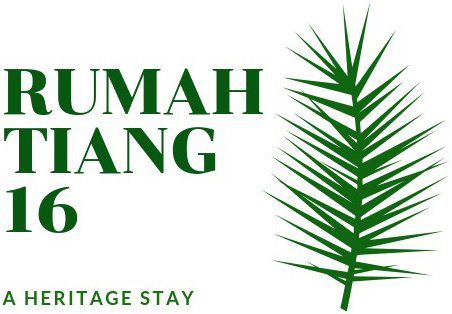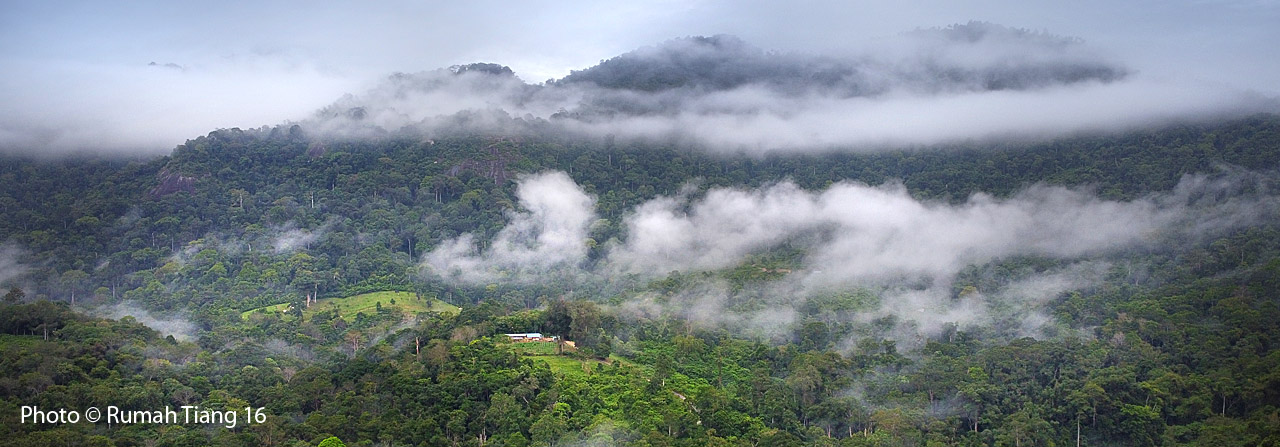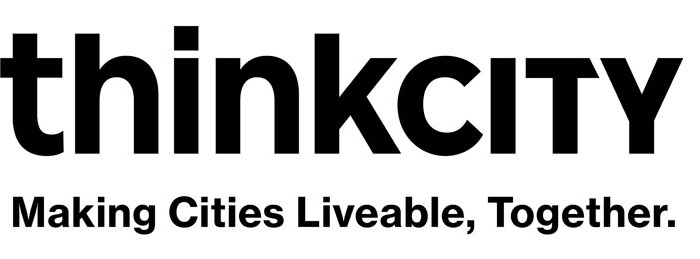Key Attractions Around Lenggong
Apart from the caves, Nash has also lined up other historic spots to pique your curiosity. These include Bukit Bunuh, the Kota Tampan Paleolithic tool workshop, Bukit Jawa, the Mount Toba volcanic ash wall, Telaga Biru and the Lata Kekabu Eco Forest Park. Last but definitely not least, a glimpse of the Masjid Raja in Kampung Chepor will bring a day’s outing to a satisfying conclusion.
Bukit Bunuh
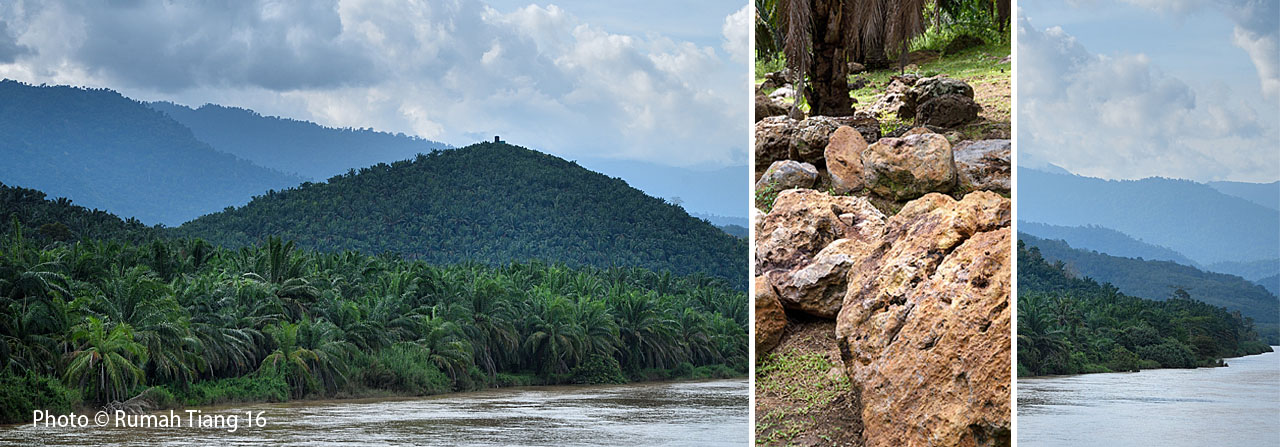
Bukit Bunuh was the key site for the Paleolithic findings that secured Lenggong Valley its UNESCO World Heritage Site award. It could be “the oldest prehistoric settlement in the world after Africa according to chronometric dating”.
This 8 km-diameter meteoric-impacted crater was discovered in 2007. Believed to be more than 1.83 million years old, it is considered the oldest Paleolithic site in Southeast Asia. The oldest stone tools found outside Africa – a hand axe made from quartzite rock – was embedded in suevite soil following the meteoric impact. Bukit Bunuh (with its meteoric crater) is an exciting site to visit – do not be fooled by the deceptive palm trees camouflaging its historical presence.
Kota Tampan paleolithic tool workshop
This was where tool making took place during the Paleolithic era about 74,000 years ago. The site has accordingly become the reference point for Paleolithic culture in the region. Excavations were first carried out by Benjamin Collins in 1938, followed by Gale Sieveking in 1954. The chronometric dates and verification of the site and its artifacts were only obtained after Universiti Sains Malaysia (USM) found a new site through research in 1987.
This site (5° 03.31’ N, 100° 58.42’ E) is 101 metres above sea level.
Bukit Jawa
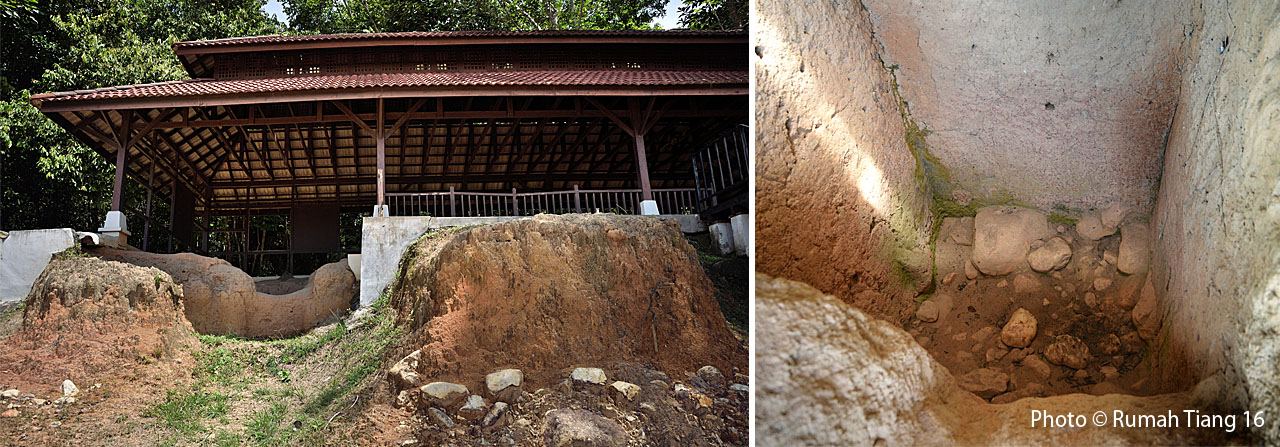
At this site, a pit containing materials for tool making (e.g., axes) were unearthed. Excavation conducted here in 1996 yielded about 150,000 pieces of stone artifacts, most probably used by the Stone Age inhabitants living along the shores of lakes and coastal regions in the vicinity.
This excavation site is located at Bukit Jawa along Perak River in Kampung Gelok, about 7 km north of Lenggong in Perak.
Telaga Biru
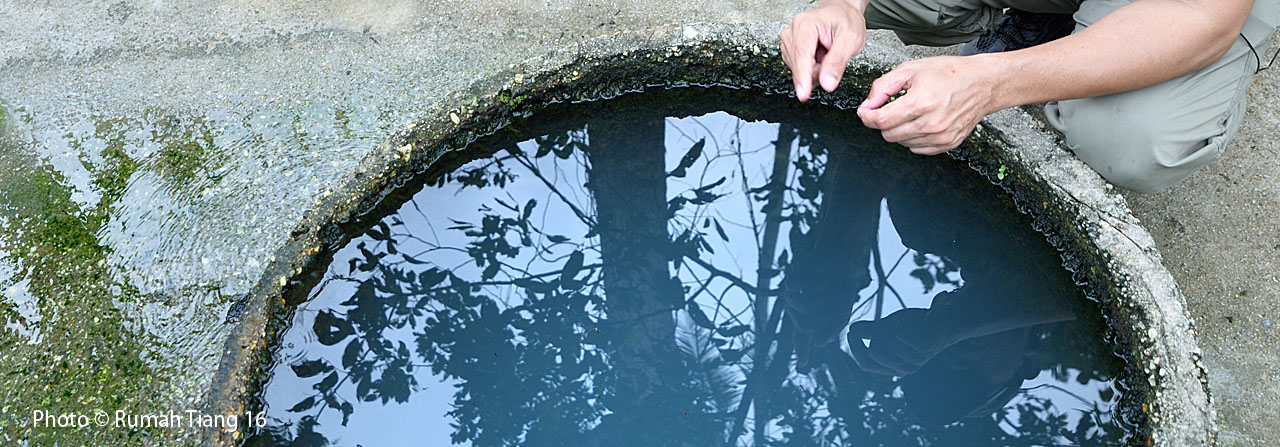
The Telaga Biru site is demarcated by several wells in the area and attracts attention because of the blue colour of the water. A spring, with the blue-tinted water source being far from the ground and the absence of suspended sediments, has led to the evolvement of mysterious beliefs.
The Telaga Biru site is located in Kampung Chepor (5° 5’31.34” N, 100° 59’52.54” E). The composition of the water consists of bicarbonate acid, calcium, potassium, sodium, sulfate, chloride, fluoride and a little iron with a pH of 7.6 and a surface temperature of 26.7°C.
Mount Toba volcanic ash
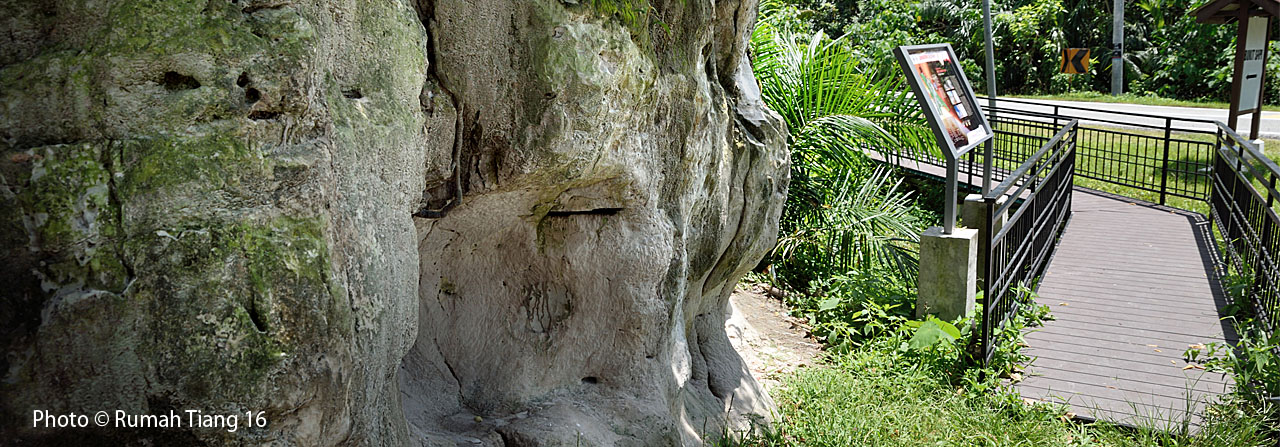
With the help of an experienced guide, you will be able to visit this site in Bukit Sapi. A greyish wall, with a sizable hole in it, this is the volcanic dust “wall” created by a gigantic eruption from Mount Toba in Northern Sumatra, Indonesia about 74,000 years ago. The “chunk” from the wall now occupies a place of history in the Lenggong Valley Archeological Museum – it was partial evidence presented for the UNESCO award.
During the eruption, thousands of cubic kilometres of scalding hot ash belched out from the volcano into the Earth’s atmosphere, travelled far and wide then descending upon vast areas in the southern and south eastern Asia, the South China Sea and the central Indian Ocean Basin. This mega natural disaster must have impacted all living things in the region.
The evidence of Toba ash in the valley was discovered when an archaeological expedition spotted a thick layer of the ash above a Paleolithic stone tool workshop at Kota Tampan.
Masjid Raja in Kampung Chepor
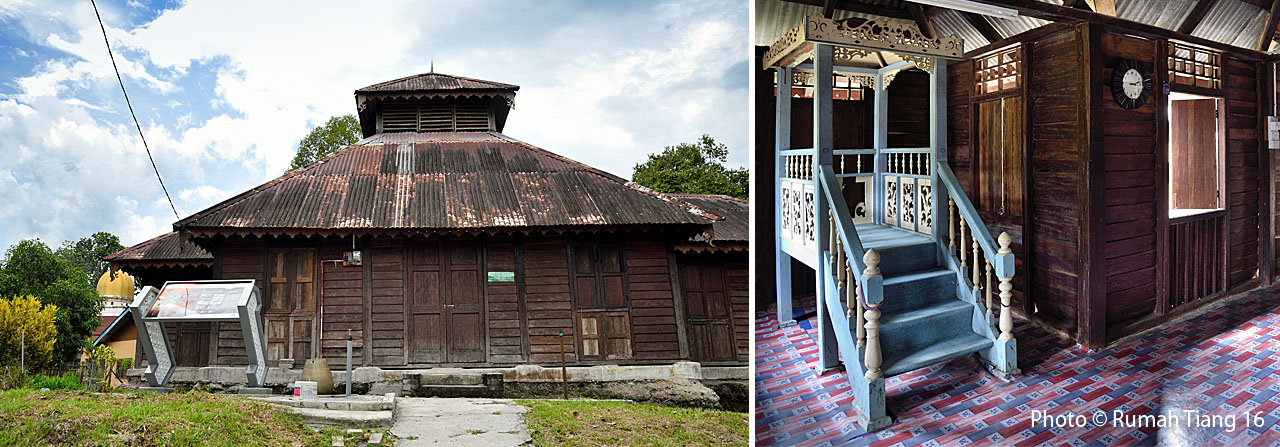
The second oldest mosque in Malaysia, it was built in 1541, decreed by Perak’s Sultan Muzaafar Shah 1. It stands on hardened Toba ash. The historic value of the mosque links the Malacca Islamic Kingdom with the Perak Kingdom. The mosque is unique – under the Sultan’s orders, the Pattani people together with others, worked together to build it. Different kinds of wood were extracted from the forests with the aid of elephants. The building has four golden chengal wood pillars supporting the centre.
The original construction of the mosque had a roof made of interlaced reed leaves and a gable wall with an upper frame made of round-shaped timber. The thatched roof was replaced with a zing roof and the boards replaced the eaves only after the third renovation works. Having said that, to this day, the mosque has still retained its ethereal beauty.
Lata Kekabu Eco Forest Park
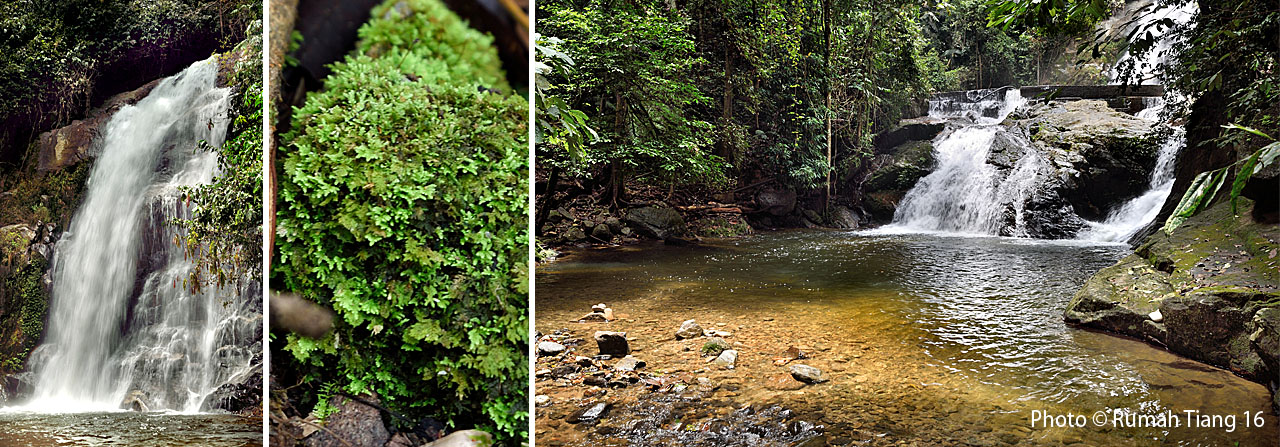
A refreshing oasis awaits the visitor. Here, dip your feet in a pristine cool mountain stream while admiring the gushing water thundering down a two-tier waterfall. For the more energetic, hike along the river, walk across a rope bridge and snake up the side of the waterfall to get even more scenic shots for your album.
Lata Kekabu, located in the district of Lenggong (N 05° 2.97’ E 100° 56.70’), is part of the Bintang Hijau Forest Reserve. The road to the Park is less than a kilometre off the Kuala Kangsar-Gerik trunk road. It opens from 7:00 am to 6:00 pm.
